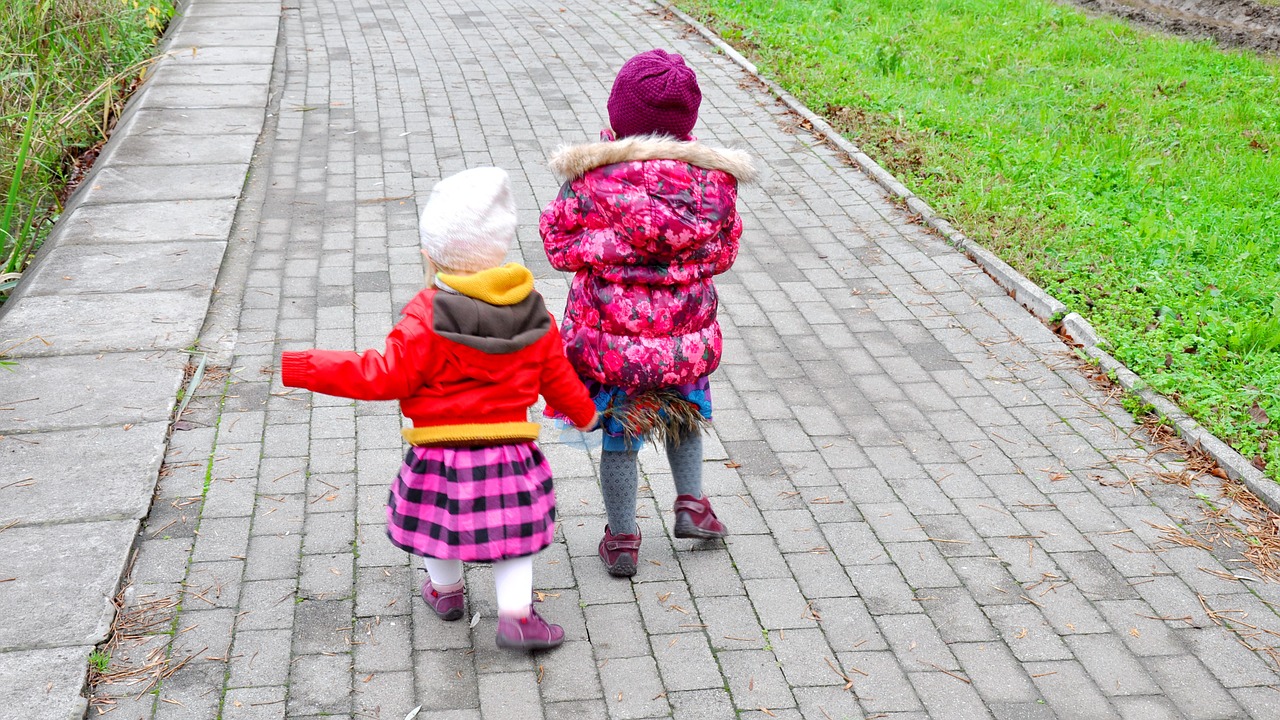Looking at the adult’s role in supporting children who are bilingual
Practitioners have a responsibility to support bilingual children’s language development. Children who speak two languages should be supported and able to access the same opportunities as their peers, however this can be difficult if neither language spoken is English. A child who has no or little English speaking skills can struggle to communicate, creating barriers in supporting the child. To overcome this barrier some settings employ bilingual practitioners with a variety of native languages; this can support a child’s development whilst also demonstrating inclusive practice.
Being able to identify where children are at in their language development can sometimes be difficult as practitioners can find it hard assessing the child’s level of understanding. Language and Communication development is graded using the EYFS, meaning bilingual children are judged on their English speaking and understanding skills.
Language is easier to pick up at a young age, therefore bilingual children in early years settings should be encouraged to use both languages. It is important that practitioners provide opportunities for children to hear and use their home language, alongside English.
It can be daunting for practitioners who meet children that speak another language as they worry about how they will communicate with them. Practitioners will need to work closely with parents to support the child and implement strategies .
Strategies for practitioners to use to support bilingual children;
- Join in children’s play, role model their play and communicate using gestures
- Guide children’s play by introducing alternative ideas, this will stimulate children’s thinking
- Whilst playing with or alongside the children, use English words to represent actions and ideas, this allows them to build their English vocabulary
- Respond to children’s responses whether this is through not verbal actions or gestures
- Provide opportunities for children to respond in turn-taking conversations
- Plan small group activities which create interactions with peers, the activities should promote communication
- Practitioner should be close by to listen, add, observe and join in play when necessary
- Look out for times to interact with children eg when putting on their coat, use language to communicate
- Pair children up who speak the same language to support them in building relationships
- Incorporate songs and rhymes with plenty of repetition as these are an effective source of language
- Following a routine accompanied by spoken language and symbols this will help children understand what is happening next.
Practitioners who do not share the same language as the children will need to use strategies in the setting to support children’s learning and development.

How wonderful that you mention how to work with children that are bilingual. My daughter is being raised bilingual and she is about to be school-age this year. I will find an excellent private bilingual preschool for her nearby.